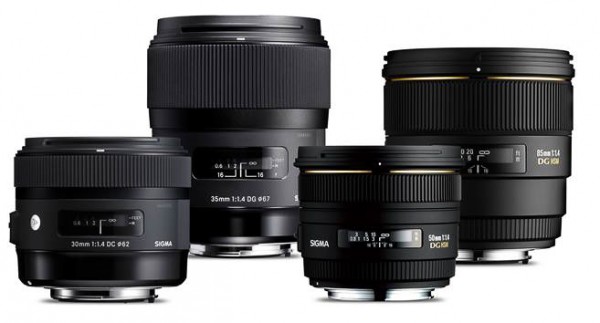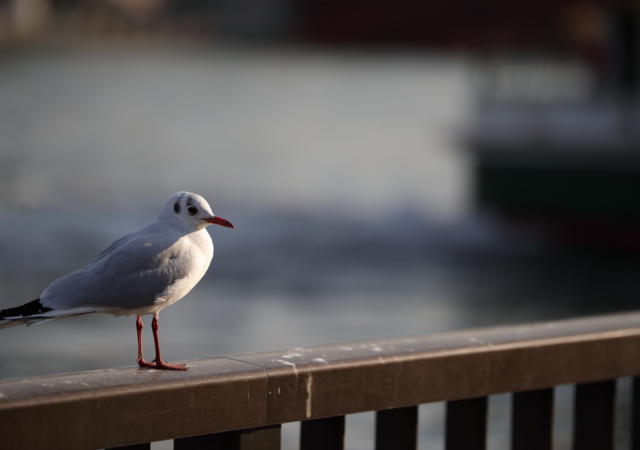Of the three main variables relating to creative and artistic control on DSLR and compact interchangeable cameras–aperture, shutter speed and ISO– aperture control, is for many beginners, the most difficult to grasp. Have no fear, we’re here to help. Learning how and when to select a wide or narrow aperture unleashes the creative and expressive potential of your camera’s lenses.
Uncategorized
New York Whale Watching with the Sigma 150-500mm
New York Whale Watching with the Sigma 150-500mm F5-6.3 lens. Top tips for capturing great photos of humpback whales off New York City.
Somewhat Secret Superpowers of Camera lenses
The greatest thing about interchangeable camera lenses is the variety of optical designs, from ultrawide to supertelephoto and everything in between, that offer an incredible amount of variety for visual expression, creativity, and optical performance optimized for different photographic situations. And while it may be sometimes completely and totally obvious what types of photography a certain lens excels at—for example, everyone knows that Macros are designed to capture close-up details; telephoto lenses are great for long-reach wildlife and sports from the sidelines—many styles of camera lenses have lesser-known secret superpowers that can be called upon to make a photo. Let’s take a look!
Rediscovering the Sigma 150-500mm F5-6.3 zoom lens for Outdoor Photography
The Sigma 150-500mm F5-6.3 zoom lens offers great versatatility and reach in a compact package, perfect for on-the-go wildlife and birding phtoography.
Tips for Super-telephoto Zoom Lens Photography
Supertelephoto lenses can help bring a whole new level to your photography; and it just takes a little practice to get the hang of some of the particulars of working with long-reach lenses. Here are some top tips for making the most of supertelephoto zoom lenses.
New Gear Checklist: Making the Most of Brand New Lenses, Cameras and Other Photo Gadgetry
Whether unwrapped as a surprise under the Christmas tree, or purchased with gift cards to take advantage of the great seasonal pricing on all sorts of photo-related gear and gadgetry this time of year, it’s a known fact that many photographers will be finding themselves the proud owners of new lenses, cameras, bags and accessories right around now. And whatever piece of new gear it is, it’s always important to check it out and run it through its paces before heading out to make a once-in-a-lifetime photo, to make sure you, the proud new owner, are both familiar with the gear, and ensure everything is working as it should.
Single-Shot Autofocus, or Continuous Autofocus, Or…
Learning how and when to use different settings and options for image capture is one of the most important parts of becoming a stronger photographer. There’s no setting or camera function that’s going to be perfect for all situations, while is exactly why there are so many options. For example, every DSLR offers a couple variations on Autofocus for either a Single-shot or Continuously tracking autofocus.
Each has it strengths and purposes, and even with that, there’s still times when switching the lens to manual focus is the best way to ensure that your chosen subject and focal point is sharp in the image. In this piece, we’re going to look at three photos of seagulls to briefly explore and explain the reasons why to choose one type of AF or manual focus over the others.
Packing Light with the Sigma 18-250mm F3.5-6.3 DC Macro OS HSM
After a long winter of heavy shooting and endless travel on assignment I usually take a few weeks of late spring and early summer to spend time with family and friends and do a bit of casual photography. When I…
Introducing No Fear Photography
Welcome to the newest section of our blog, No Fear Photography! We’re here to help photographers learn to make the most of their cameras, to take creative control, to explore, and capture amazing images all along the way.





